Table of Contents: Tell Basta
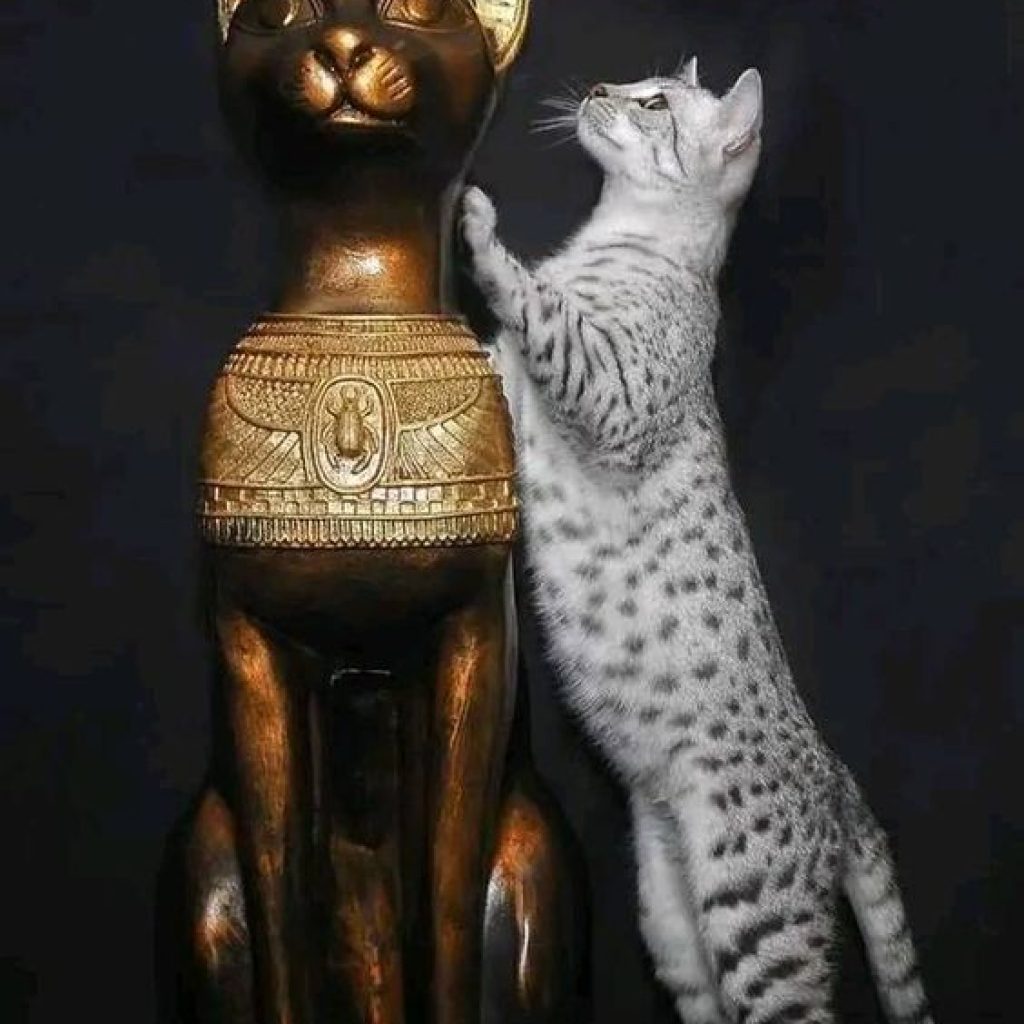
- Introduction
- The History of Tell Basta
- The Archaeological Significance of Tell Basta
- The Ruins of Tell Basta
- The Temple Complex of Bubastis
- The Royal Tombs of Tell Basta
- Unveiling the Artifacts of Tell Basta
- Exploring the Tell Basta Museum
- The Ancient City’s Influence on Egyptian Culture
- Conservation Efforts at Tell Basta
- Conclusion
- FAQs
Introduction: Tell Basta
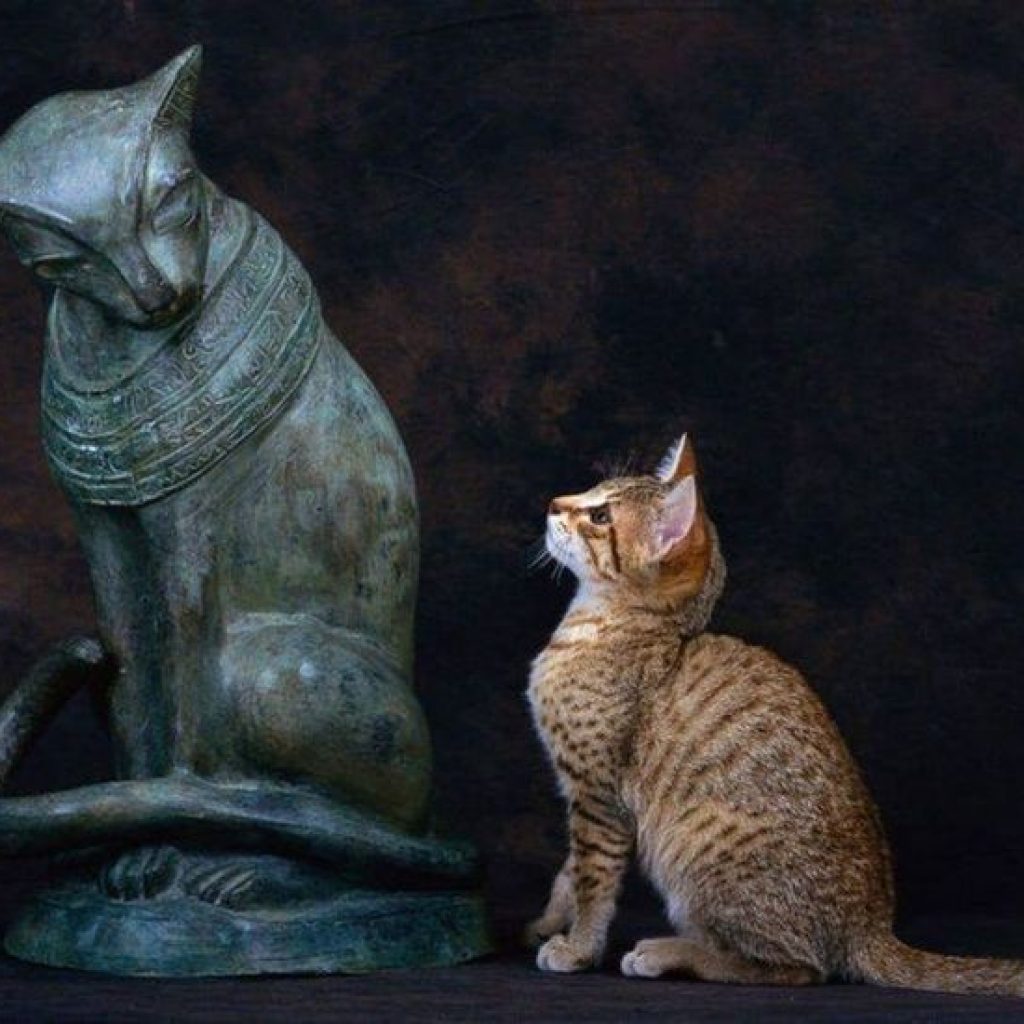
Tell Basta,Per-Bastet, known to the Greeks as Bubastis, and today called Tell Basta is situated at the southeastern edge of the city of Zagazig, the capital of the Sharqiya Governorate. In Egypt, Per means domain, so the city name means the Domain of Bastet. It was the home of a cult dedicated to the cat goddess Bastet.
Technically, the name Per-Bastet referred to the temple of the goddess, and the city just took on the name of the temple. Bastet’s cult may have originated in this very place. She was depicted as a woman with a cat’s head. Although there were several feline deities in Egypt, some of them lions, she was worshiped in the form of the domesticated cat, and many mummified examples of cats have been found buried here Tell Basta.
- The History of Tell Basta
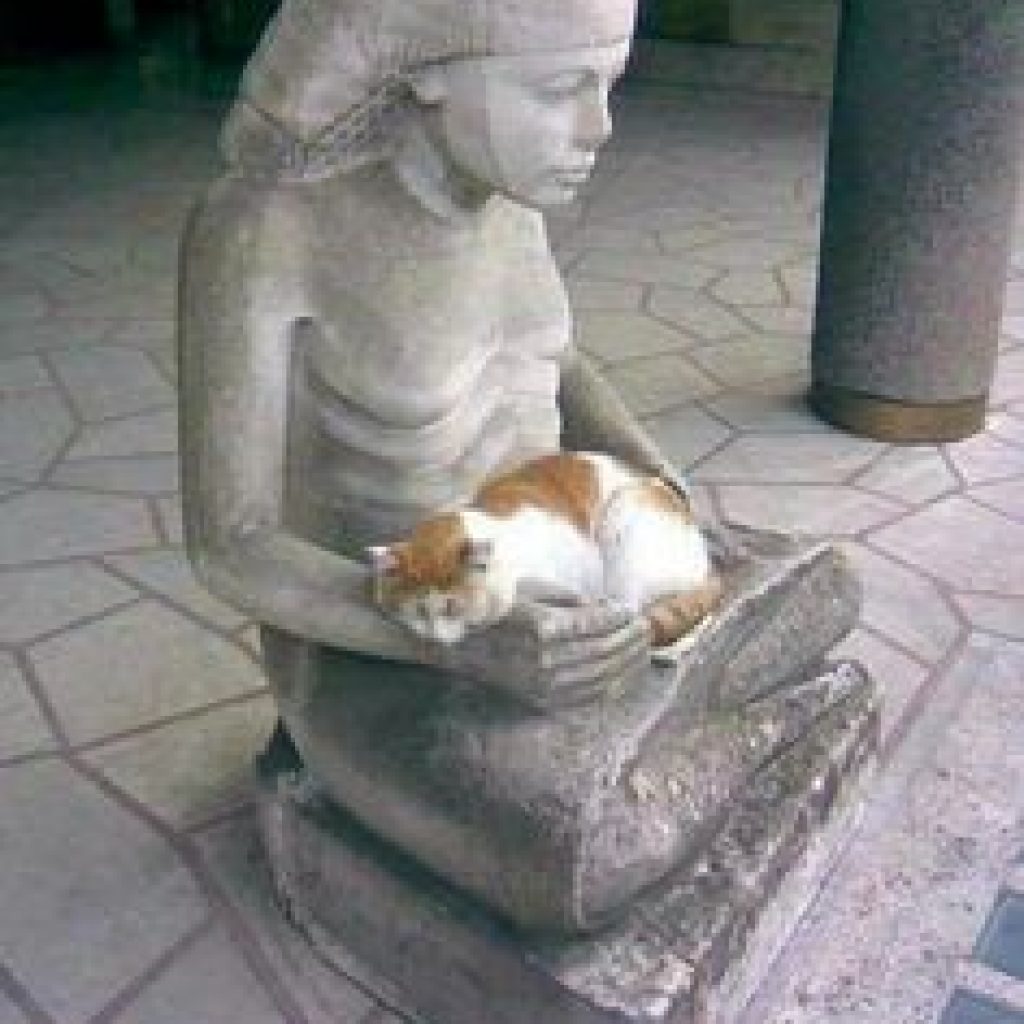
Bastet was not only the goddess of cats, but also the home, domesticity, fertility, childbirth, and women’s secrets. In other words, it was believed she protected the health of women and children by warding off evil spirits and disease and ensured the safety of the home. Sitting on the now dried-up Pelusiac branch of the Nile, Per-Bastet was at the crossroads of two trade routes, one going into the Levant and another going into Sinai, which made it an important economic and political centre.
- The Archaeological Significance of Tell Basta

We have evidence of this city existing in Old Kingdom times. There are the remains of Temples built for Pepy I and Tety I of the 6th dynasty. Large granite blocks carry the names of Khufu and Khafra, kings from the earlier 4th dynasty, but we are not sure if these blocks came from the original buildings here or were brought here later.
- The Ruins of Tell Basta
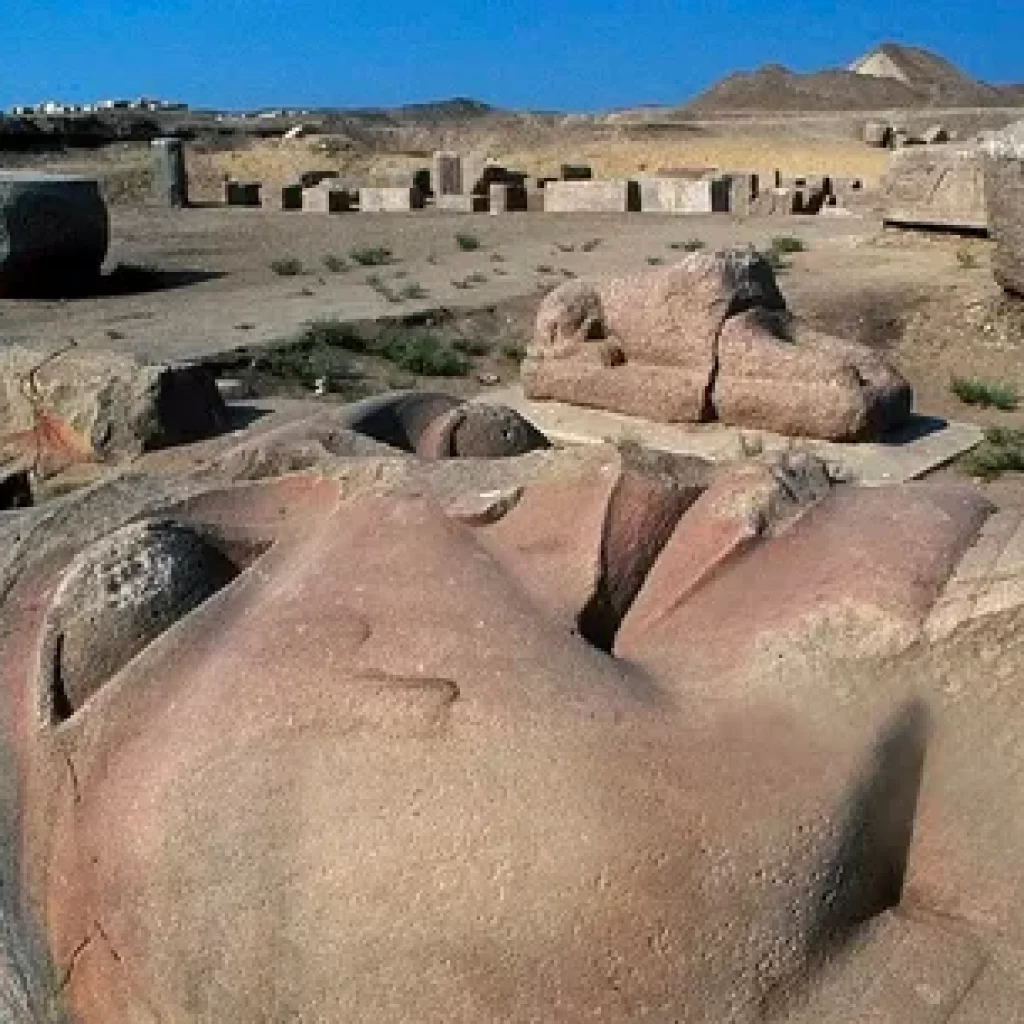
There are cemeteries in the northwest area of the site that contain burials from the Old Kingdom all the way to the Late Period. In Pepy I’s temple, which is small but the parts of which are relatively complete, the king is shown on the lintel of the gateway with Bastet in front of him giving him the sign of life.
- The Temple Complex of Bubastis
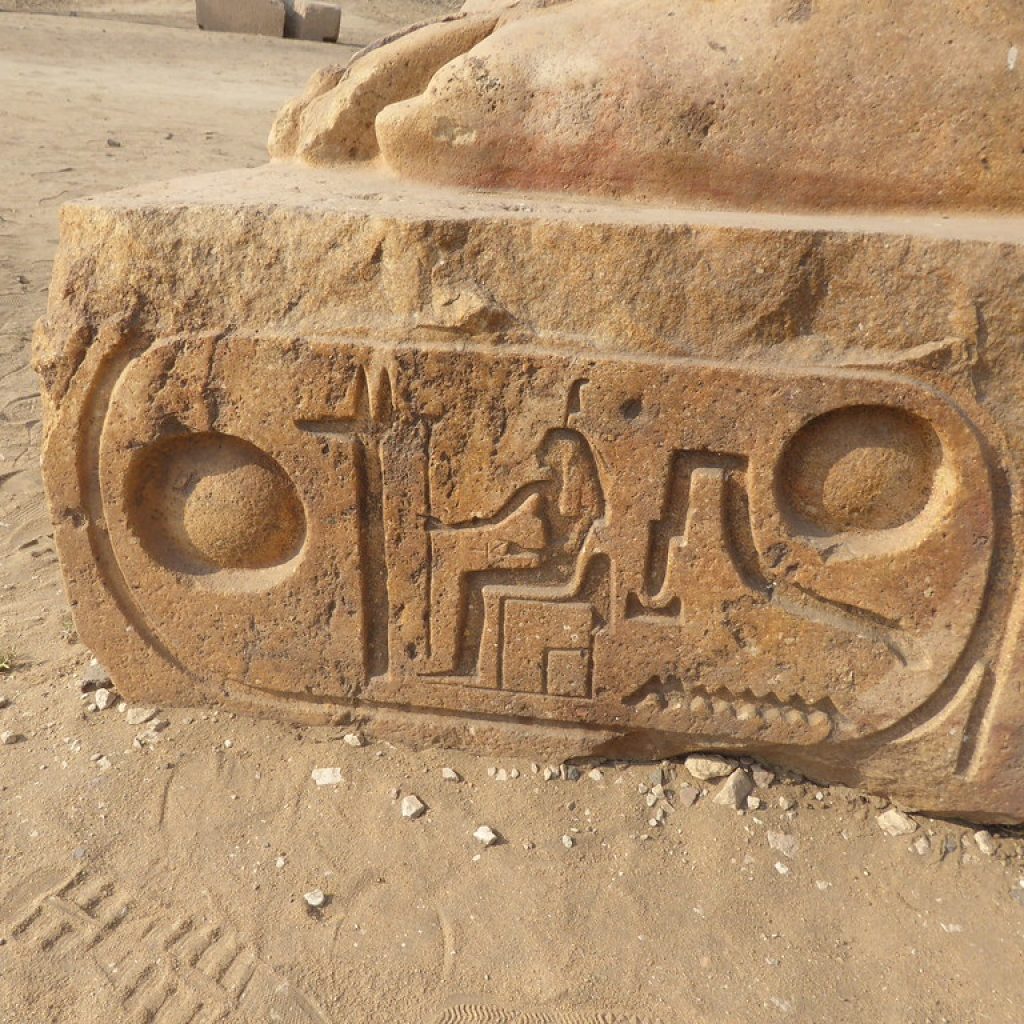
That indicates the goddess Bastet was probably the main divinity of the town even back then. Recent excavations have found the remains of a provincial palace underneath Pepy’s temple, which was used at least from the middle of the 4th dynasty to the end of the 5th. It was levelled to make way for the new temple.
- The Royal Tombs of Tell Basta
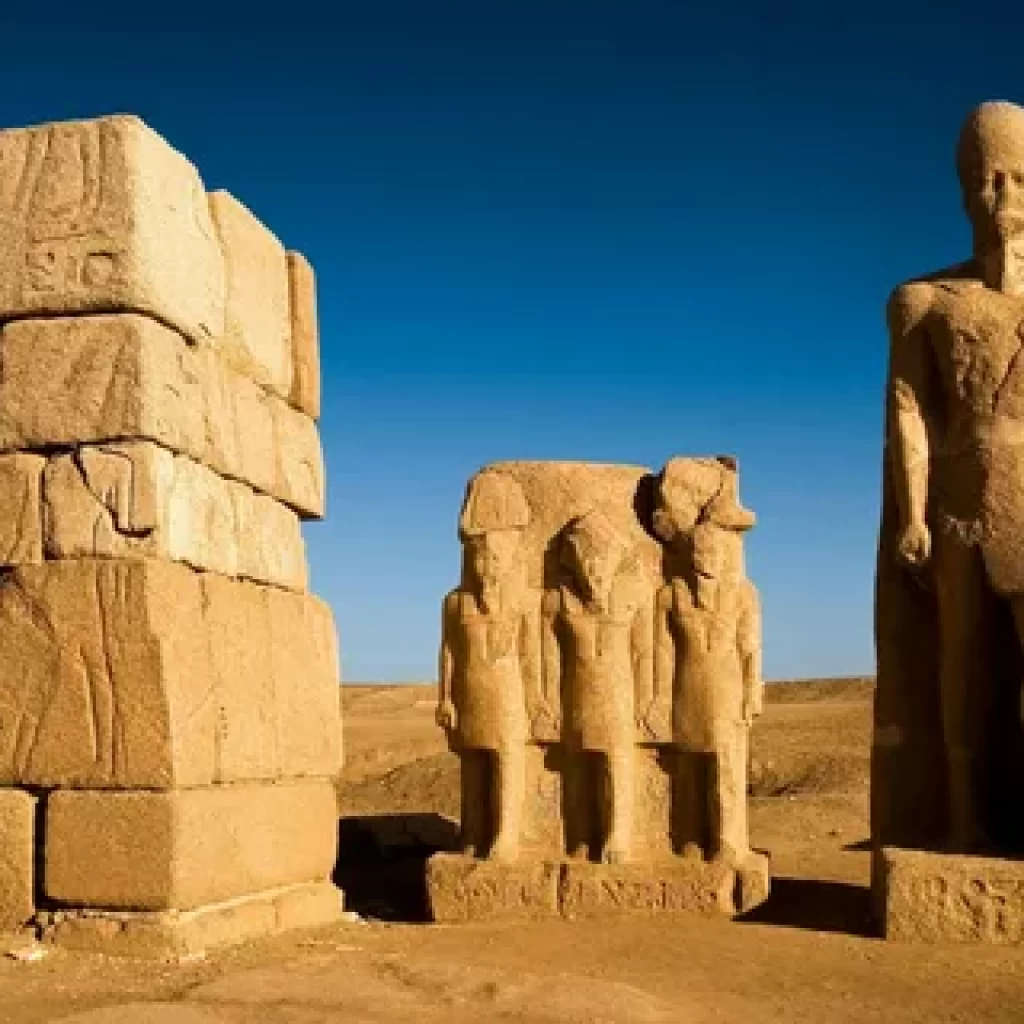
Many more blocks were found here from the time of the Middle Kingdom. Amenemhat III of the 12th dynasty had a building here. Due to its large size, around 16,000 square meters, it is believed that it was the residence of King Amenemhat himself when he was in town or maybe of one of the important officials, such as the mayor of the city or the governor of the province.
- Unveiling the Artifacts of Tell Basta
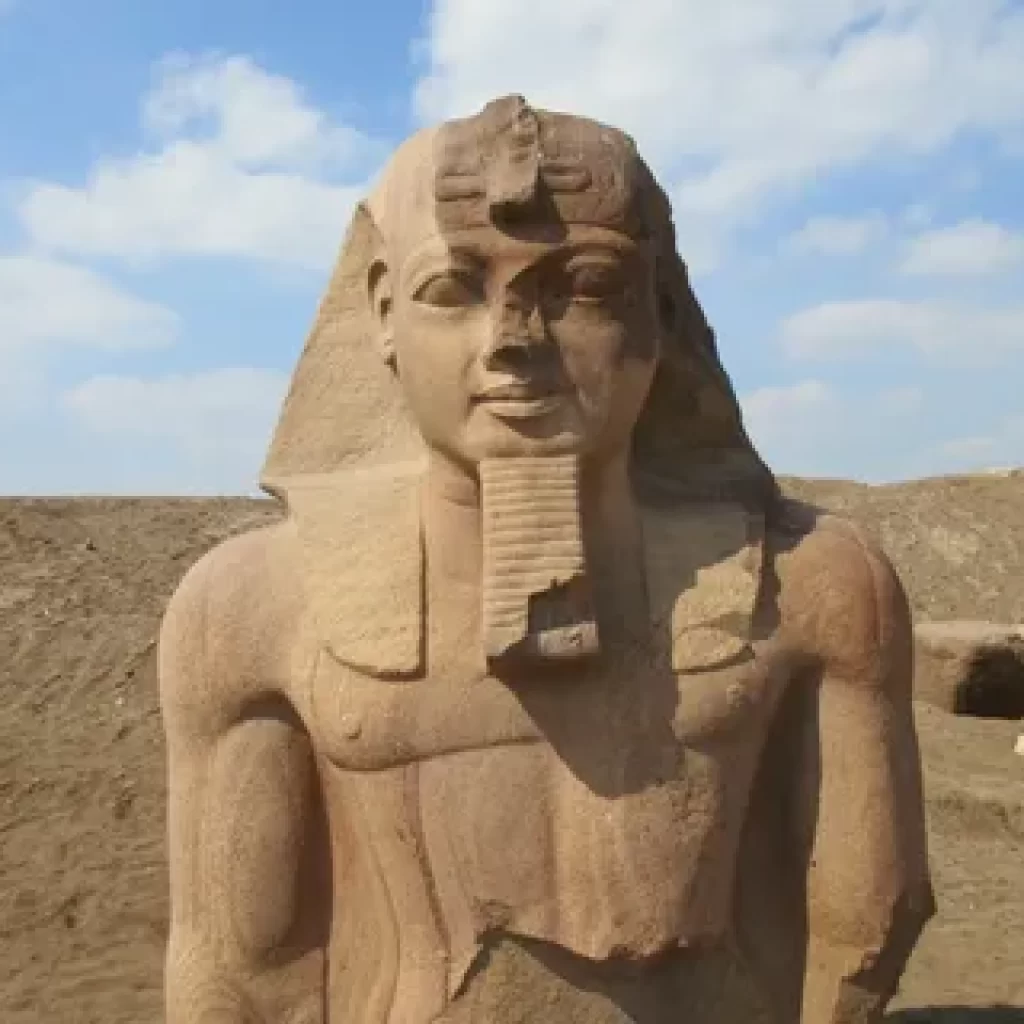
In the New Kingdom, Ramesses II added some monuments, which he was prone to do practically everywhere. It was not, however, until the 3rd Intermediate Period, when the Meshwesh Libyan dynasty arose, that Per-Bastet rose to major city status. The transformation of the town by the Meshwesh rulers (Meshwesh refers to an ancient Libyan Berber tribe) was precipitated by events that occurred at the end of the New Kingdom,
- Exploring the Tell Basta Museum
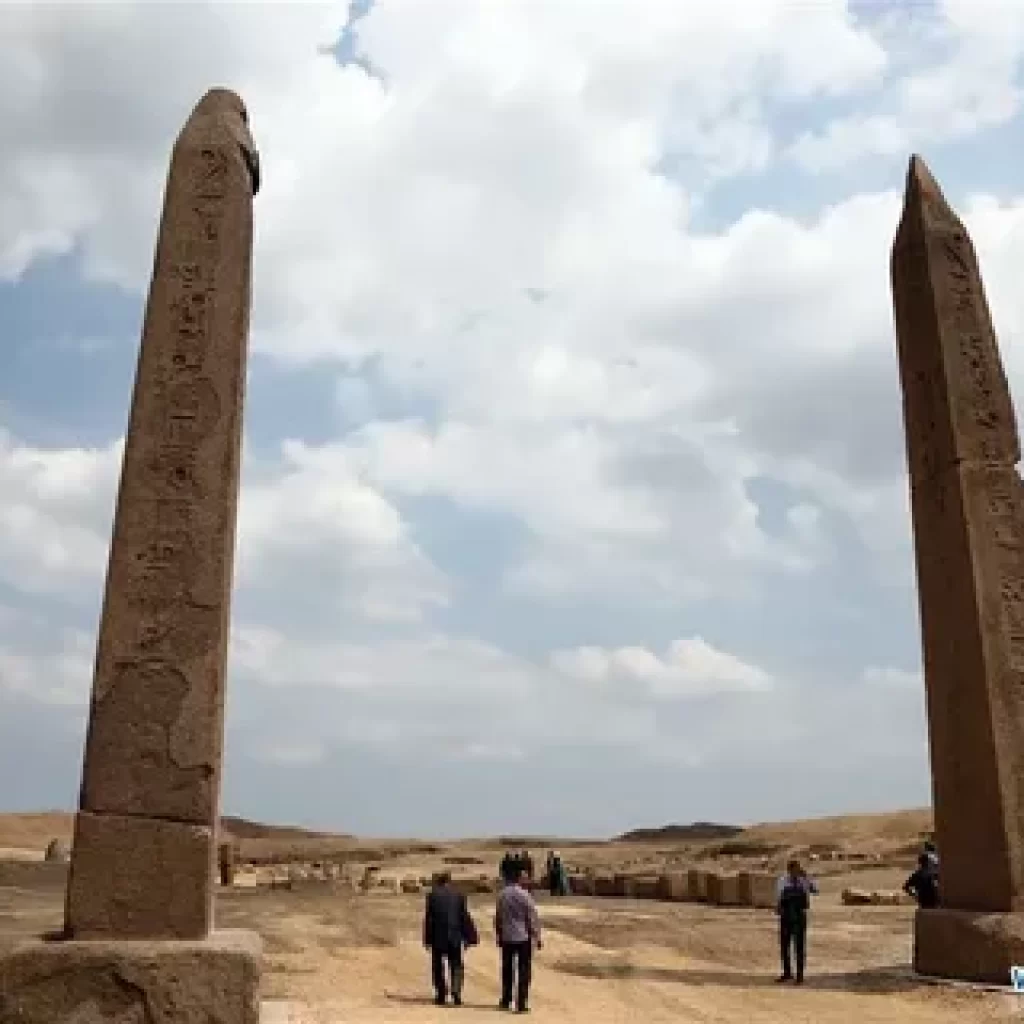
when the Sea Peoples, migrants from the area of the Aegean Sea and Asia Minor, invaded the
western Delta with the aid of Libyan allies. Ramesses III defeated them, and he placed the captured Libyans in military settlements within Egyptian territory. It seems Per-Bastet was one of these settlements. Over time the Meshwesh Libyans grew in power in the city, and by the time of Pasibkhanu II, the last king of the Twenty-First Dynasty, a fellow named Shoshenq, a resident of Per-Bastet, rose to prominence.
- The Ancient City’s Influence on Egyptian Culture
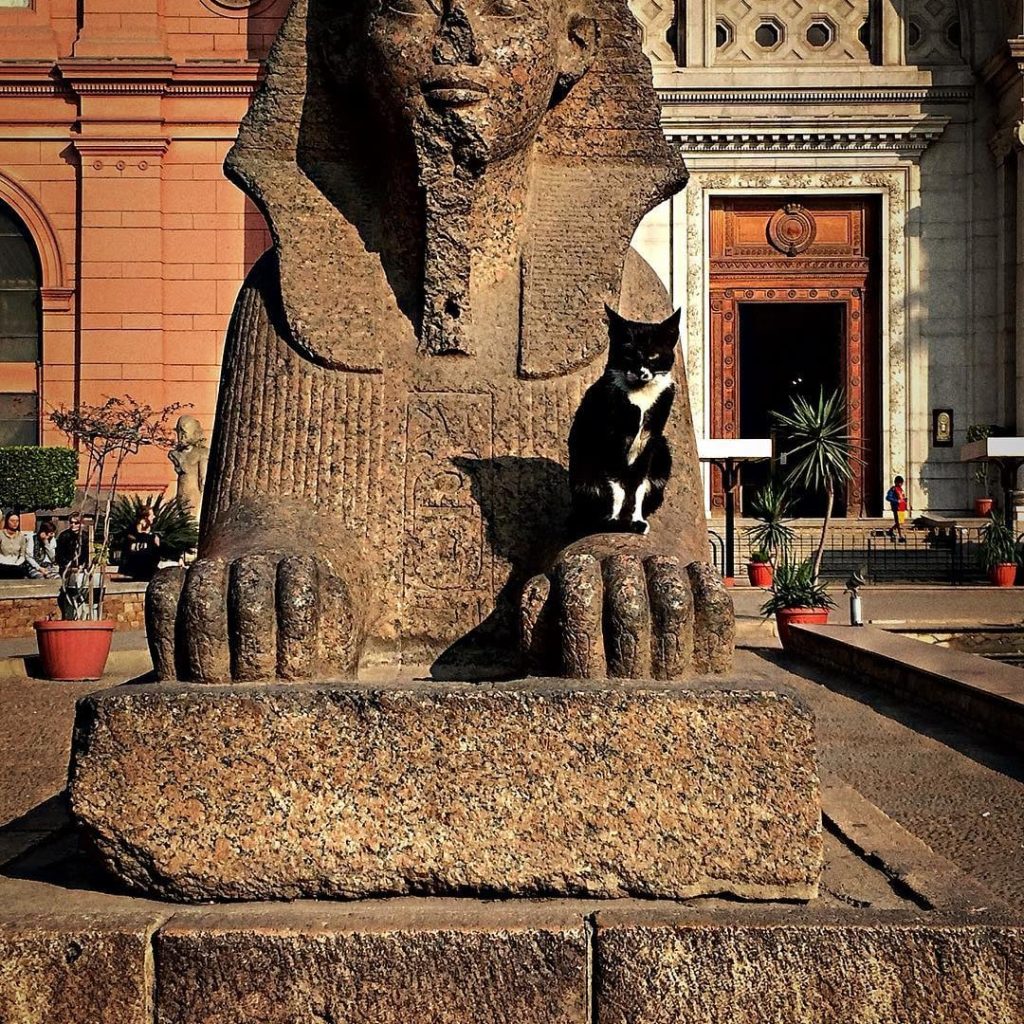
The king had granted him military titles: ‘Great Chief of Chiefs’ and ‘Great Chief of Ma’ (Ma is short for Meshwesh) and gave his daughter Maatkara in marriage to Shoshenq’s son Osorkon. After the death of Pasibkhanu II, and the collapse of the 21st dynasty, Shoshenq (whom we call Shoshenq I) ascended to the throne, founding what we call the 22nd Dynasty.
9. Conservation Efforts at Tell Basta
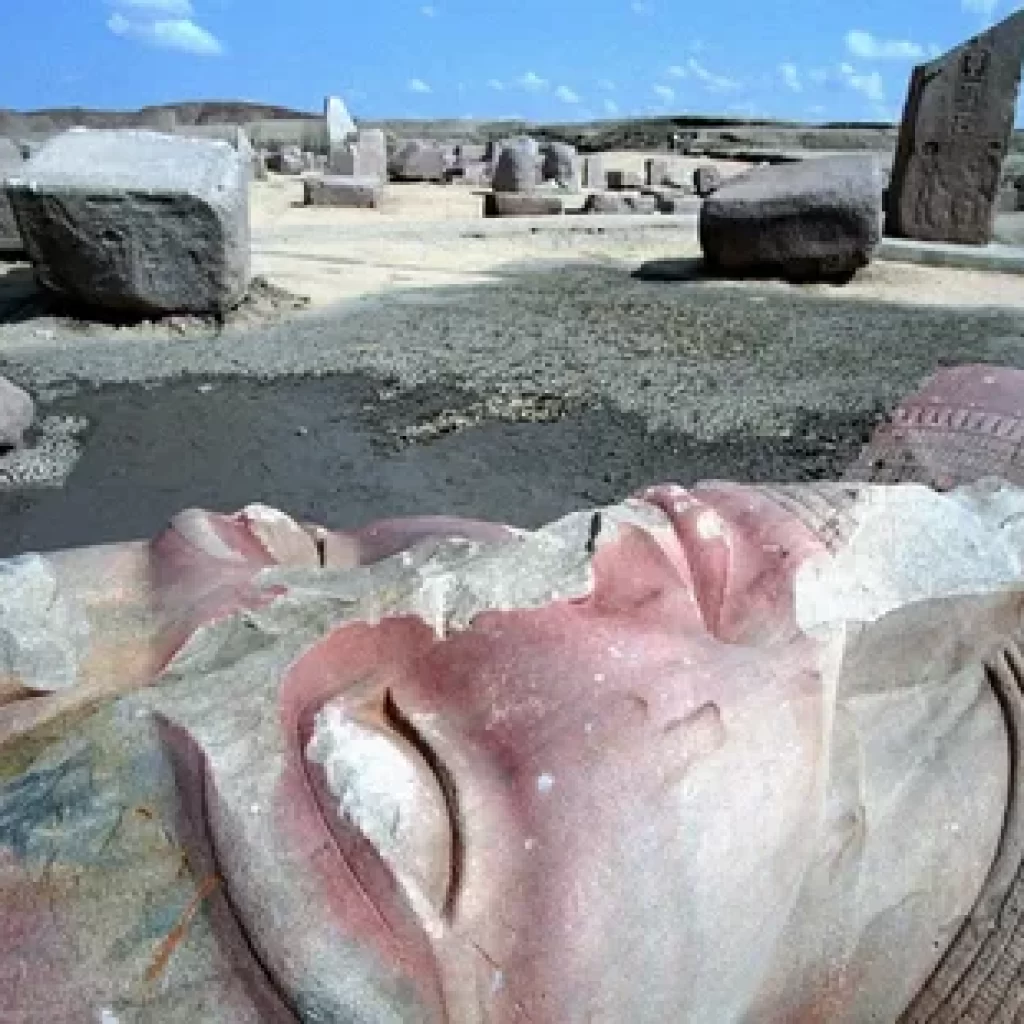
The ancient Egyptian historian Manetho called this dynasty ‘Bubastite’ after the name of their home city. Under the Bubastite kings, this city and Tanis, which we will visit next, formed the heart of their domain. Osorkon I and II erected major structures here, enlarging the temple of Bastet and adding temples to Atum and Mihos.
10. Conclusion:Tell Basta

Tell Basta stands as a testament to the magnificence of Ancient Egypt, offering a captivating journey into the past. With its fascinating ruins, temples, and artifacts, this archaeological site allows us to connect with a civilization that flourished centuries ago. By exploring Tell Basta, we gain a deeper appreciation for the ingenuity, artistry, and cultural heritage of this remarkable ancient city.
FAQs: Tell Basta
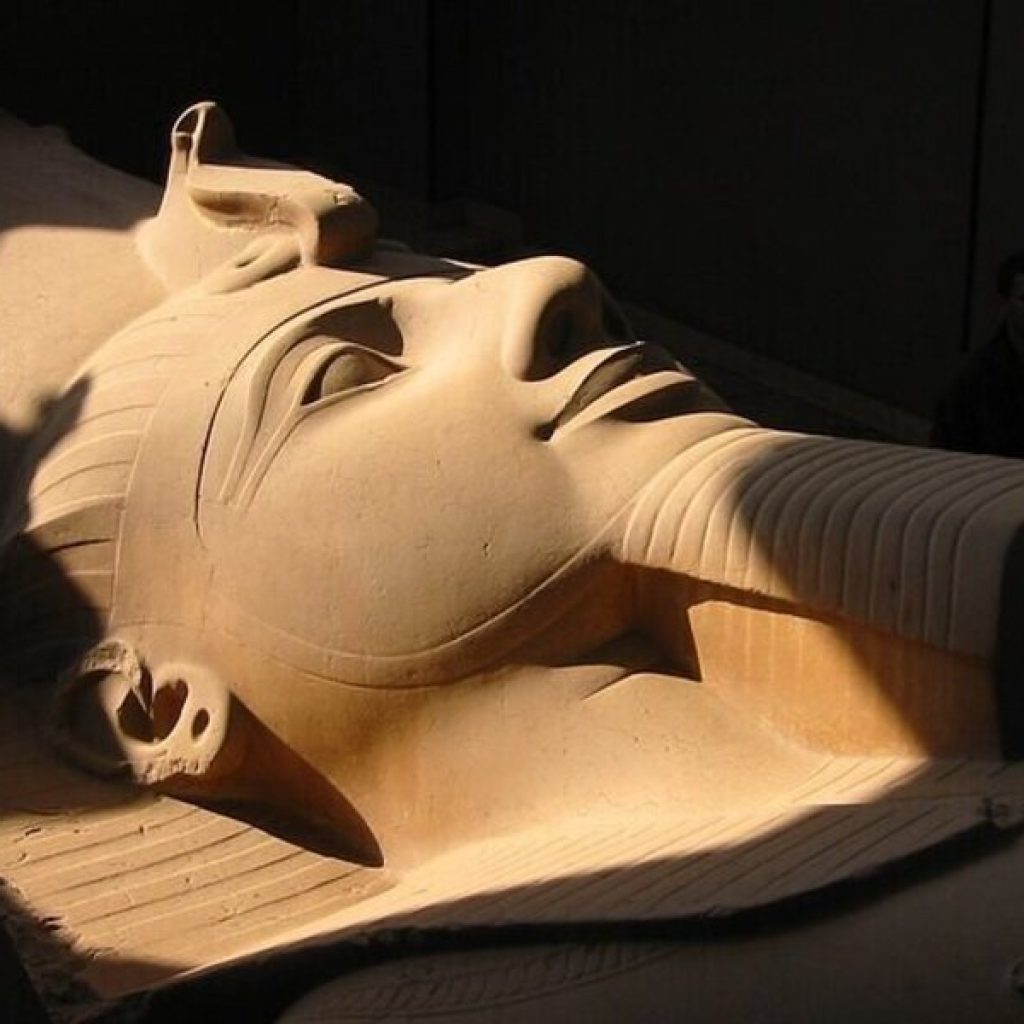
Can visitors access the ruins of Tell Basta?
Currently, access to the ruins of Tell Basta is limited to guided tours and authorized archaeological activities. Visitors are advised to check with local authorities for the latest information.
How long does it take to explore Tell Basta?
The time required to explore Tell Basta may vary depending on your level of interest. A guided tour typically takes a few hours, but enthusiasts may choose to spend more time exploring the site.
Is photography allowed at Tell Basta?
Yes, photography is generally allowed at Tell Basta. However, certain restrictions may apply to protect the artifacts and ensure the preservation of the site. It is advisable to check with the authorities on photography guidelines.
Are there visitor facilities at Tell Basta?
Currently, visitor facilities at Tell Basta are limited. It is recommended to bring water, sunscreen, and suitable footwear for exploring the site. Nearby towns may offer amenities such as restaurants and restrooms.
Is Tell Basta accessible for individuals with mobility issues?
Due to the nature of the archaeological site, accessibility for individuals with mobility issues may be challenging. However, efforts are being made to improve accessibility, and it is recommended to contact the site authorities in advance to inquire about accommodations.
Are there guided tours available at Tell Basta?
Yes, guided tours are available at Tell Basta, providing visitors with valuable insights into the history and significance of the site. Trained guides offer informative commentary and help navigate through the ruins.
Can I purchase souvenirs related to Tell Basta?
While there may not be specific souvenirs related to Tell Basta available on-site, nearby towns or cities may offer a variety of Egyptian-themed souvenirs that capture the essence of the country’s rich history and culture.
10 information about “Tel Basta”
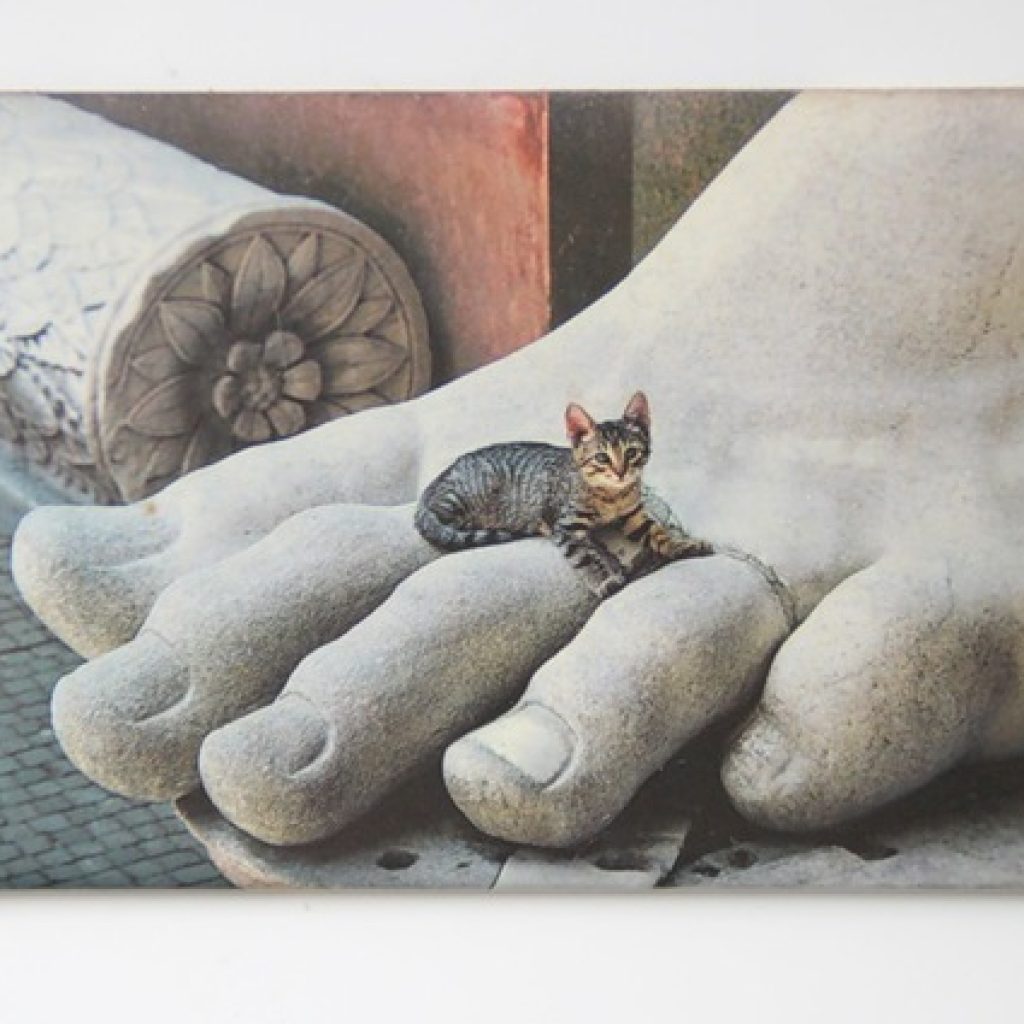
- 1- The city of Tel Basta is located in the eastern Delta on the eastern branch of the Nile River, about twenty kilometers west of the entrance to Wadi Tumilat. This site, near which the city of Zagazig, the capital of the region, arose, still retains its old name: Tell Basta.
- 2- The archaeological area of Tel Basta is considered an important religious center and one of the capitals of ancient Egypt, due to its location at the eastern entrance to Egypt. She faced the waves of people coming from the East through Sinai and lived with many conquerors and invaders.
- 3- It was honored to be a transit point and temporary residence for the Virgin Mary and her newborn Christ, peace be upon them, when they came to Egypt.
- 4- “Tel Basta” was the capital of the eighteenth governorate in the ancient Egyptian state.
- 5- It became the capital of all regions during the Twenty-Second Dynasty and was known in ancient times as “Basembrebastet,” named after “Bastet,” the god of fun, happiness, and comfort. Then the word was recently corrupted to become “Tel Basta”.
- 6- It contains antiquities from the Greek and Roman eras.
- 7- Among the most important monuments in the Tel Basta area is the great temple of the god “Bastet,” and the ruins of the temple built by King Khufu, and after him King Pepi, one of the kings of the Sixth Dynasty, and the other kings of Ancient Egypt and the Middle Kingdom.
- 8- It contains antiquities dating back to the time of the Hyksos who occupied Egypt until King Ramesses II erected huge buildings in this city, and it contains the relics of King Osorkon II, one of the kings of the 22nd Dynasty.
- 9- There are the remains of the temple of the god “Mai Hisi”, located 60 meters from the large temple. It was dedicated to the worship of the god Mai Hesi, the third member of the “Tel Basta” trinity. It contains the tomb of King Amenhotep III and the small temple of the god Bastet.
- 10- It still contains a huge cemetery for cats, which consisted of a group of catacombs dug into the ground, to bury the cat, the symbol of the god Bastet, after it was mummified. Many cat mummies and several bronze statues of them have been found.
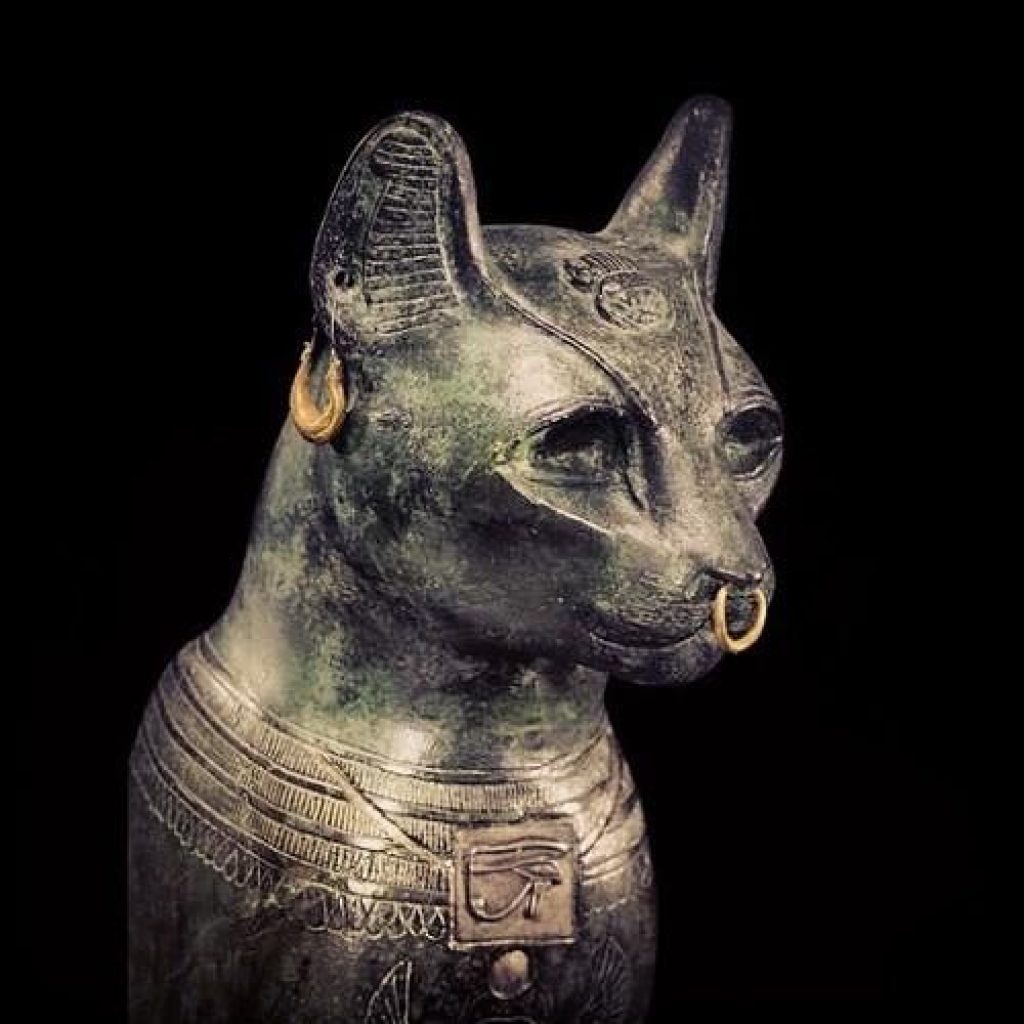
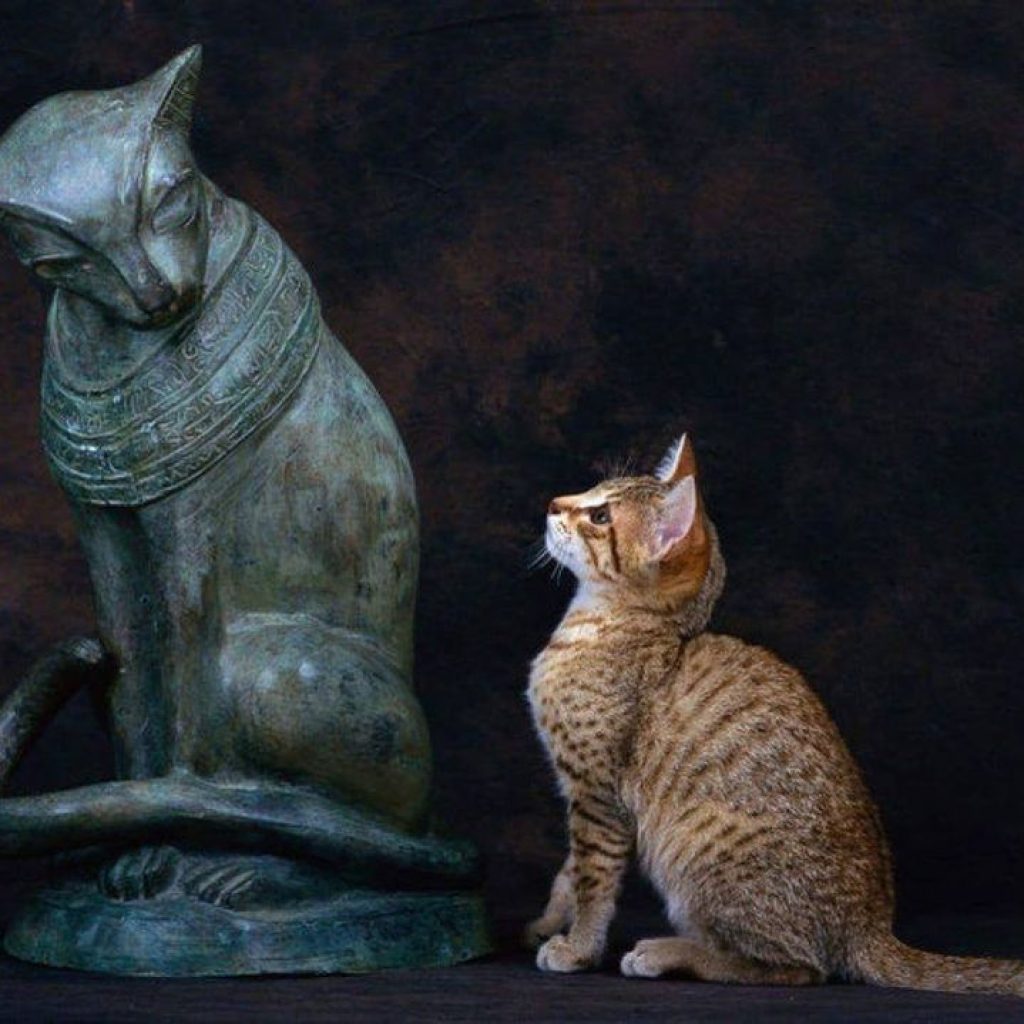
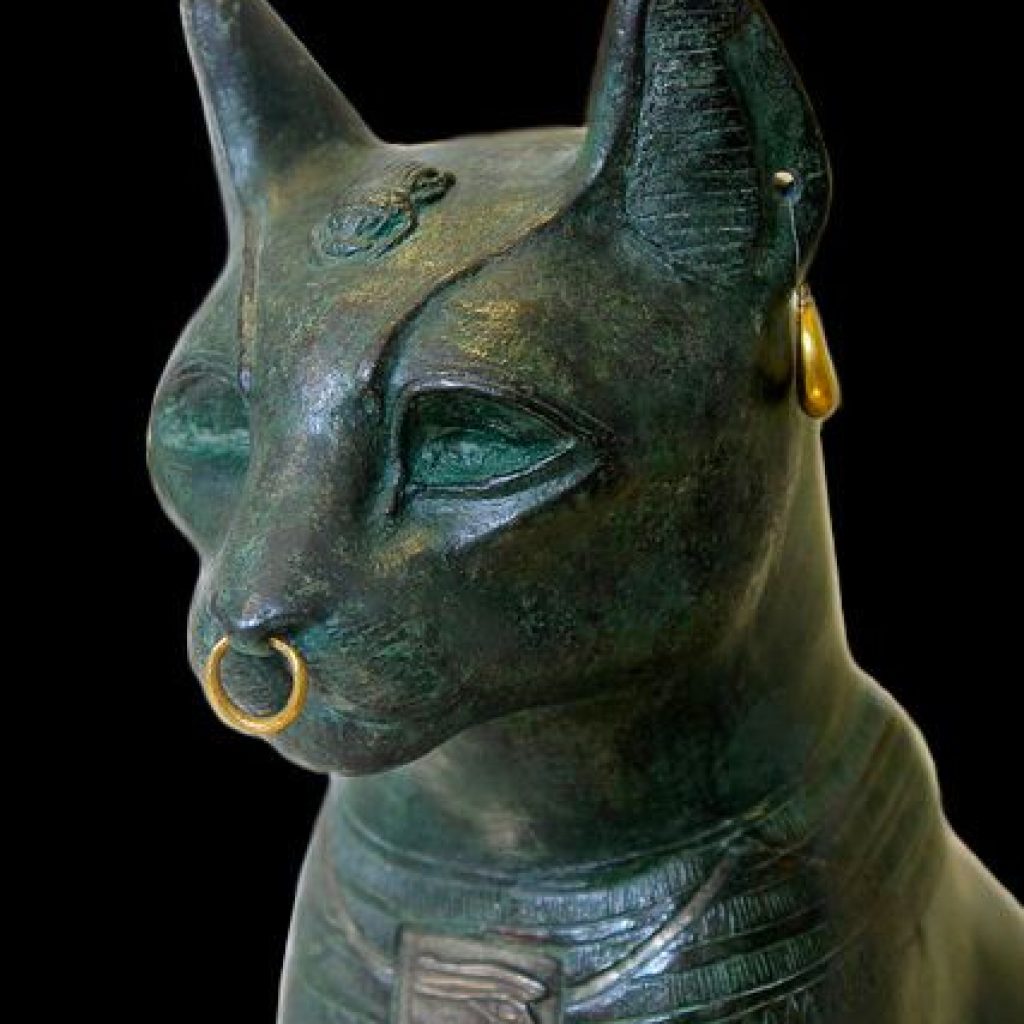
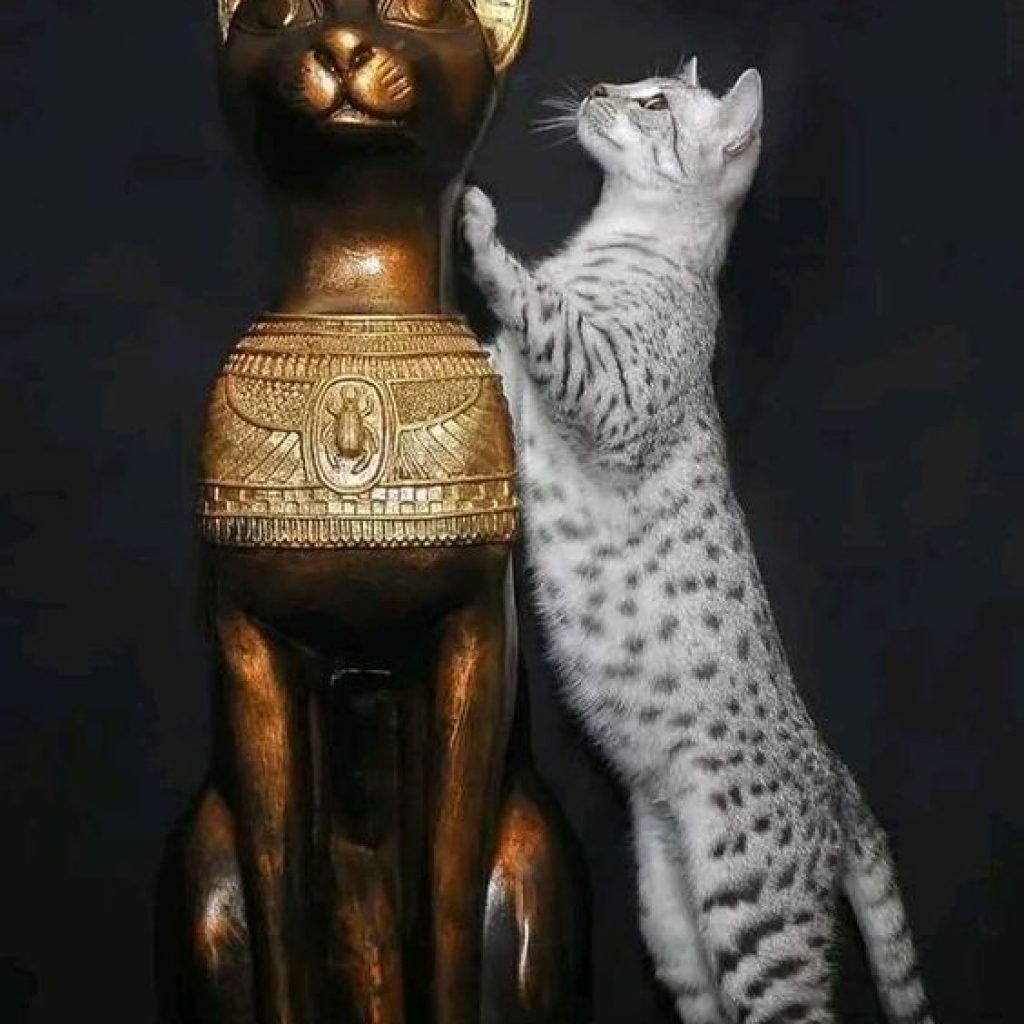
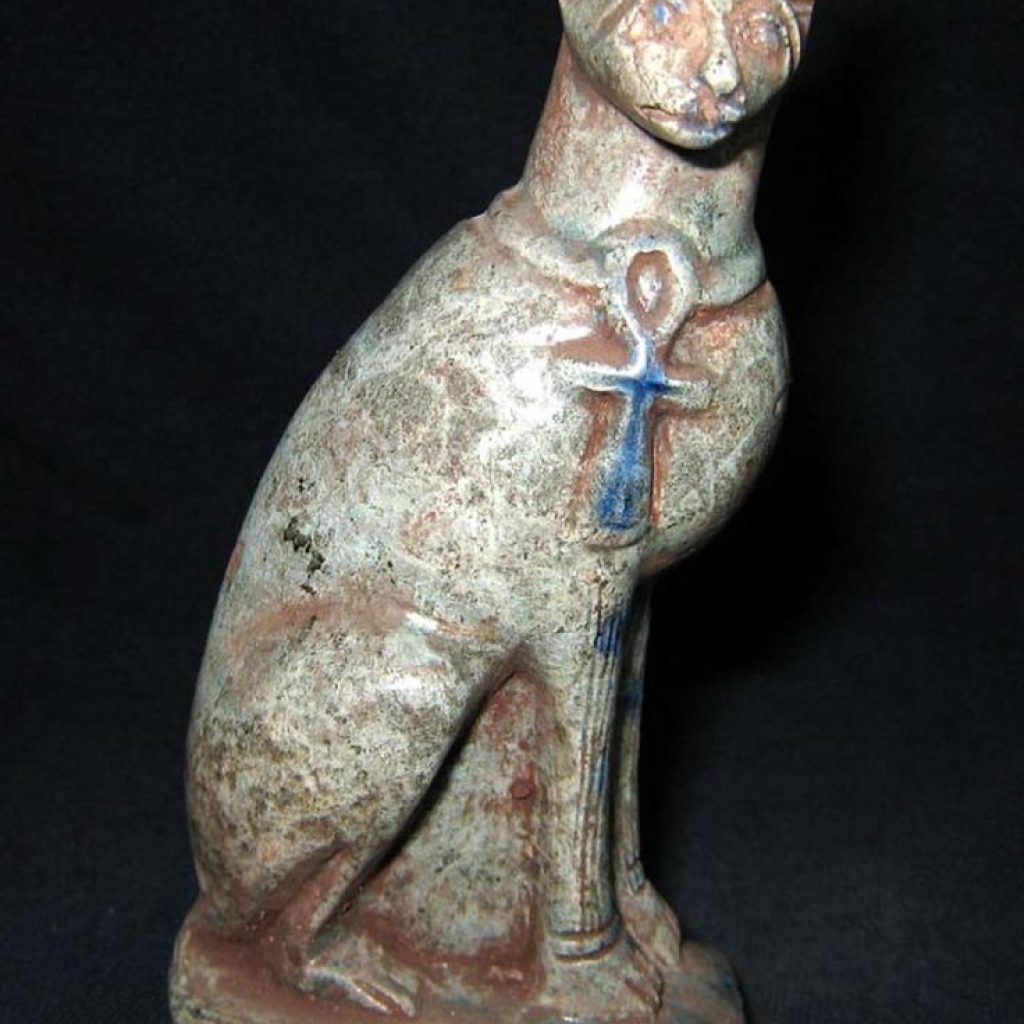
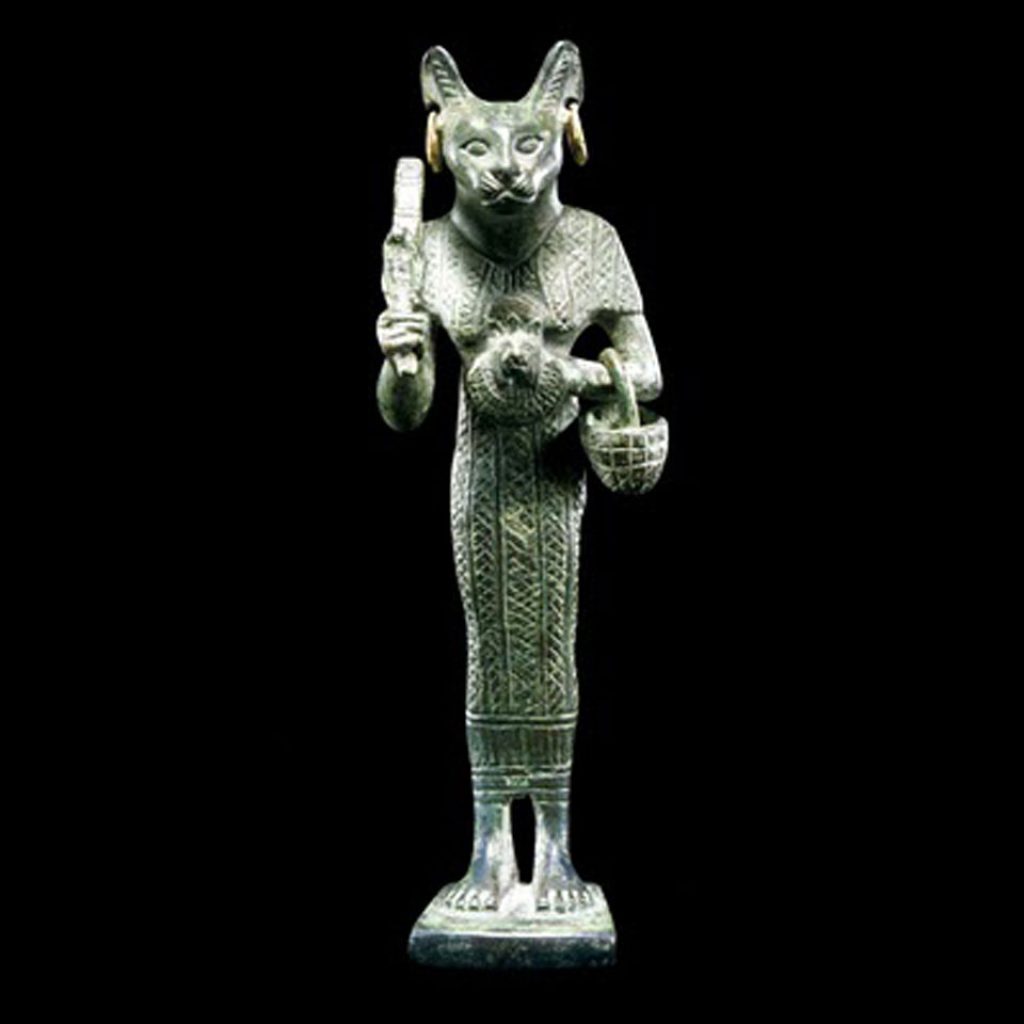

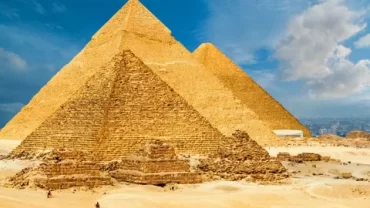



Comment (0)